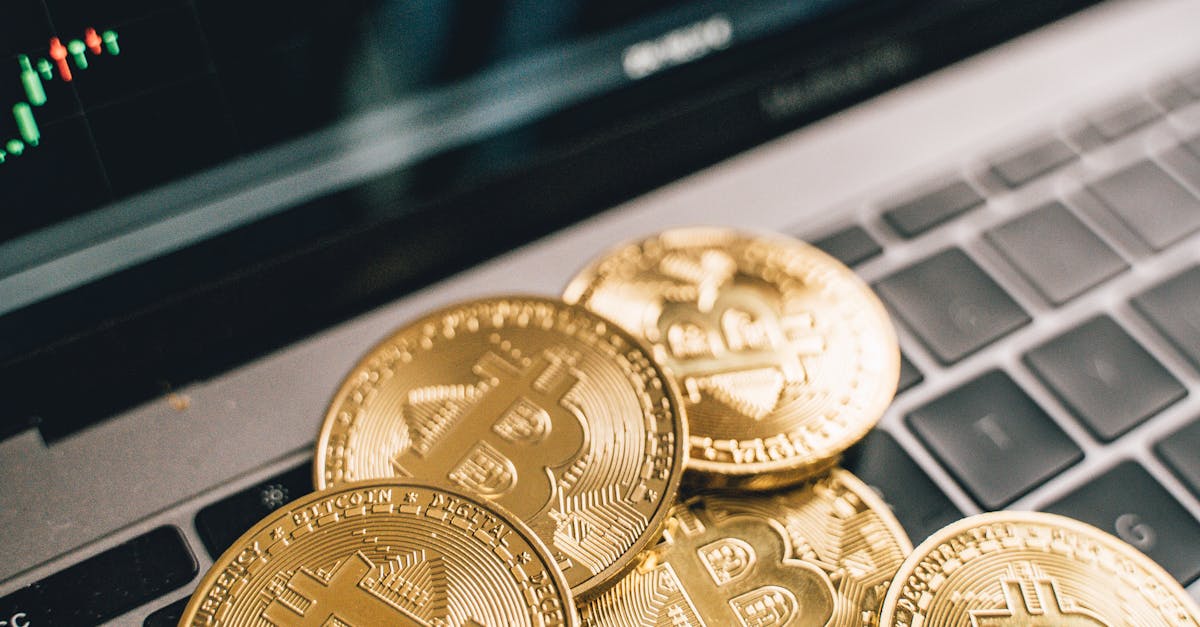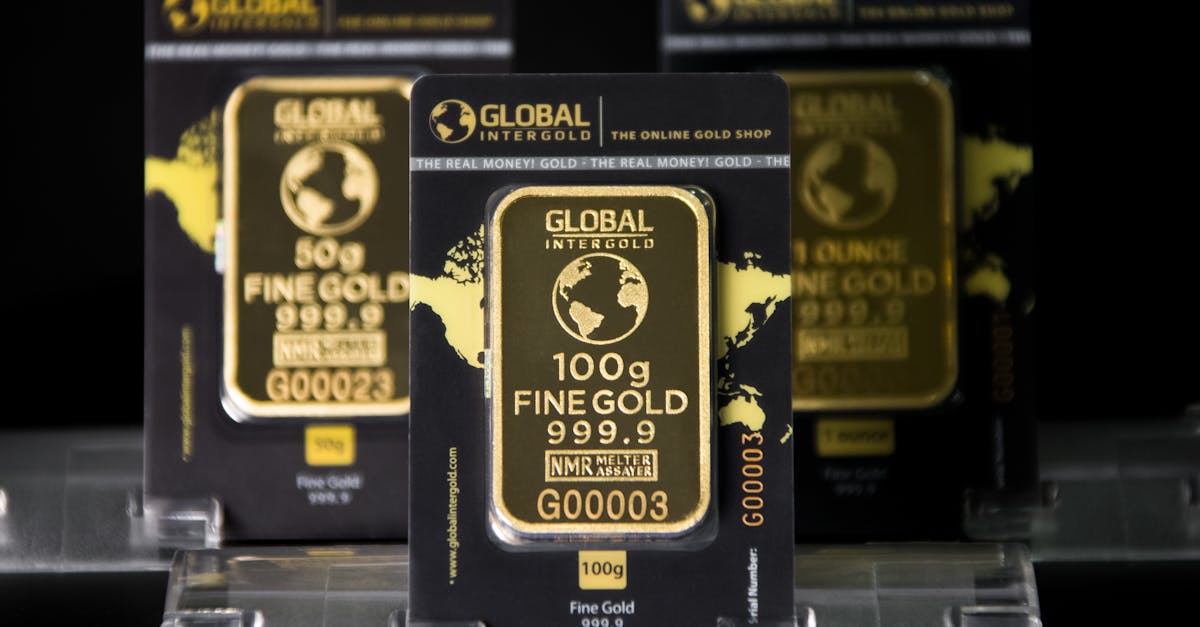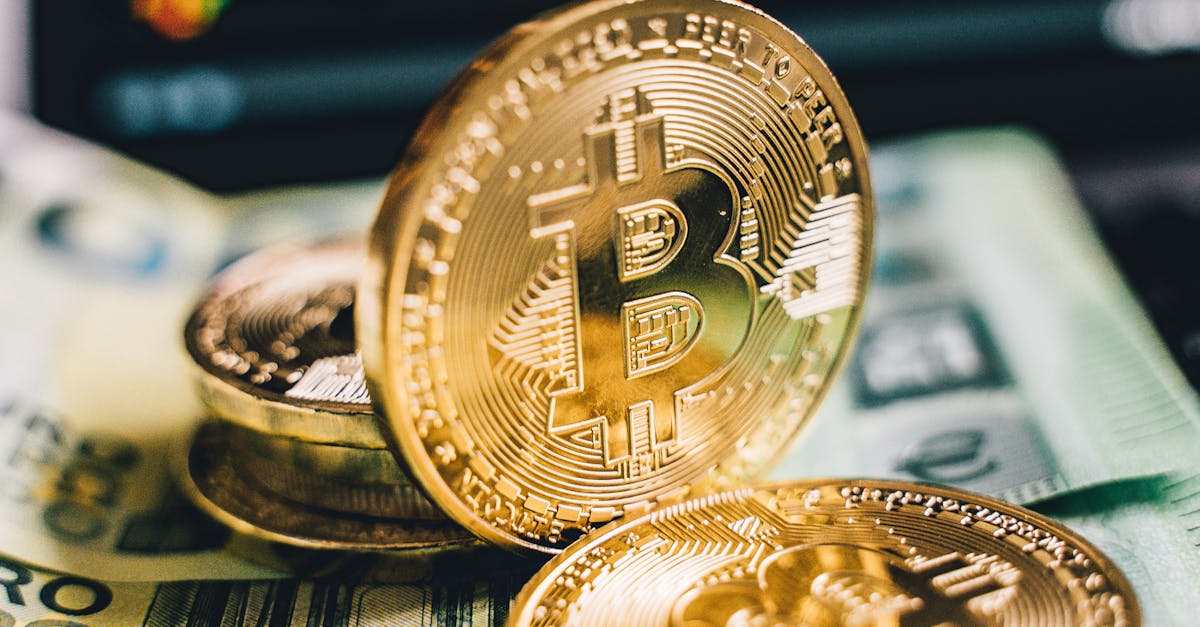The Golden Cushion: How Economic Downturns Boost Gold’s Appeal

Gold: The Economic Recession Hedge
As economic headwinds gather, investors are seeking refuge in safe-haven assets, driving up the demand for gold. But how has gold performed during past recessions? And what factors influence its appeal as a defensive asset? This article delves into the historical relationship between gold and economic downturns, examining demand dynamics, economic indicators, and the role of gold in a diversified investment portfolio.
Throughout history, gold has often been perceived as a safe haven during times of economic uncertainty. Its value tends to hold steady or even increase when other assets, such as stocks and bonds, decline. This makes gold an attractive asset for investors looking to preserve their capital during economic downturns and crises.
Key Insights
5 Key Insights
-
Gold has a long history of serving as a safe haven asset during economic downturns.
-
Gold’s appeal as a safe haven asset stems from its tangible and finite nature, its store of value, and its low correlation to other assets.
-
Different segments, including investors, jewelers, and central banks, drive gold demand, each with varying responses to economic downturns.
-
Gold has a complex relationship with economic indicators, but it tends to perform well during periods of economic uncertainty and inflation.
-
Gold can play an important role in a diversified investment portfolio, providing diversification benefits, inflation protection, and reduced volatility.
1. Historical Overview: Gold’s Performance in Past Recessions
Historical Overview: Gold’s Performance in Past Recessions
Gold has a long history of serving as a safe haven asset during economic downturns. Its price tends to rise when investors lose confidence in other assets, such as stocks and bonds. This has been the case during several notable recessions in recent history:
-
The Great Recession (2008-2009): Gold prices surged during the Great Recession, rising from around $850 per ounce in early 2008 to over $1,200 per ounce by the end of 2009. This increase was driven by investors seeking a safe haven for their money as the global financial system teetered on the brink of collapse.
-
The Dot-Com Bubble Burst (2000-2002): Gold prices also performed well during the Dot-Com Bubble Burst, rising from around $250 per ounce in early 2000 to over $330 per ounce by the end of 2002. This increase was driven by investors seeking a safe haven as the tech-heavy Nasdaq Composite Index crashed by over 75%.
-
The 1990-1991 Recession: Gold prices rose from around $380 per ounce in early 1990 to over $420 per ounce by the end of 1991 during the 1990-1991 recession. This increase was driven by investors seeking a safe haven as the U.S. economy fell into recession following the Gulf War.
2. The Safe-Haven Appeal: Gold as a Defensive Asset

The Safe-Haven Appeal: Gold as a Defensive Asset
Gold’s appeal as a safe-haven asset stems from several factors that make it an attractive investment during times of economic uncertainty:
-
Tangible and Finite: Gold is a physical asset that cannot be created or destroyed, unlike fiat currencies. This makes it a tangible store of value that investors can hold in their hands, providing a sense of security during times of financial turmoil.
-
Store of Value: Gold has a long history of maintaining its value over time, even during periods of inflation. This makes it an attractive asset for investors seeking to preserve their capital during economic downturns when other assets may lose value.
-
Low Correlation to Other Assets: Gold’s price movements tend to have a low correlation to other asset classes, such as stocks and bonds. This makes it a valuable diversifier for investors seeking to reduce the overall risk of their portfolio during times of economic uncertainty.
3. Demand Dynamics: Investors, Jewelers, and Central Banks
Demand Dynamics: Investors, Jewelers, and Central Banks
Gold demand is driven by a variety of factors, including investment, jewelry, and central bank purchases. These different segments have varying responses to economic downturns:
-
Investors: Investors often turn to gold as a safe haven asset during economic downturns, driving up demand and prices. This is because gold is seen as a store of value that can protect against inflation and currency devaluation.
-
Jewelers: Jewelry demand for gold tends to be more cyclical, influenced by factors such as consumer confidence and disposable income. During economic downturns, jewelry demand may decline as consumers reduce their spending on luxury items.
-
Central Banks: Central banks are major buyers of gold, and their purchases can have a significant impact on the gold market. Central banks typically buy gold as a reserve asset to diversify their holdings and protect against financial risks.
Investors: Seeking Safe Harbor
Investors: Seeking Safe Harbor
Individual and institutional investors play a significant role in driving gold demand during recessions. When economic uncertainty strikes, investors often flock to gold as a safe haven asset, seeking to preserve their capital and protect against inflation. This increased demand can drive up gold prices.
Individual investors may purchase physical gold in the form of coins or bars, or they may invest in gold ETFs or mutual funds. Institutional investors, such as hedge funds and pension funds, may also allocate a portion of their portfolios to gold as a diversifier and hedge against market volatility.
During the recent economic downturn caused by the COVID-19 pandemic, for example, gold demand from investors surged as investors sought a safe haven for their money. This demand helped to drive gold prices to a record high of over $2,000 per ounce in August 2020.
Jewelers: Cyclical Demand Patterns
Jewelers: Cyclical Demand Patterns
Jewelry demand for gold tends to be more cyclical than investment demand, influenced by factors such as consumer confidence and disposable income. During economic downturns, jewelry demand may decline as consumers reduce their spending on luxury items.
However, the impact of economic downturns on jewelry demand can vary depending on cultural and regional factors. In some cultures, gold jewelry is seen as a form of savings or an investment, and demand may remain relatively stable even during economic downturns. Additionally, during times of economic uncertainty, consumers may turn to gold jewelry as a more affordable alternative to other luxury items.
For example, during the Great Recession of 2008-2009, jewelry demand in the United States declined significantly as consumers cut back on discretionary spending. However, in some emerging markets, such as India, jewelry demand remained relatively strong as gold is seen as a safe haven asset and a form of savings.
Central Banks: Strategic Gold Reserves
Central Banks: Strategic Gold Reserves
Central banks are major buyers of gold, and their purchases can have a significant impact on the gold market. Central banks typically buy gold as a reserve asset to diversify their holdings and protect against financial risks.
There are several reasons why central banks hold gold reserves:
-
Store of Value: Gold is a tangible asset that cannot be created or destroyed, making it a reliable store of value over the long term.
-
Diversification: Gold has a low correlation to other asset classes, such as stocks and bonds, making it a valuable diversifier for central banks seeking to reduce the overall risk of their portfolios.
-
Financial Stability: Gold is seen as a safe haven asset during times of economic and financial turmoil. Central banks may increase their gold holdings during periods of uncertainty to protect their financial systems.
-
Currency Backing: In the past, gold was used to back paper currencies. While this is no longer the case, some central banks still hold gold reserves as a way to maintain confidence in their currencies.
4. Gold’s Correlation with Economic Indicators

Gold’s Correlation with Economic Indicators
Gold prices have a complex relationship with economic indicators, such as GDP, inflation, and interest rates. While there is no perfect correlation, gold tends to perform well during periods of economic uncertainty and inflation.
-
GDP: Gold prices tend to have a negative correlation with GDP growth. This is because economic growth typically leads to increased demand for goods and services, which can put downward pressure on gold prices. However, during periods of economic recession or slow growth, gold prices may rise as investors seek a safe haven asset.
-
Inflation: Gold prices tend to have a positive correlation with inflation. This is because gold is seen as a hedge against inflation. When inflation erodes the value of paper currencies, investors may turn to gold as a way to preserve their wealth.
-
Interest Rates: Gold prices tend to have a negative correlation with interest rates. This is because higher interest rates make other investments more attractive, which can reduce demand for gold. However, during periods of low interest rates, gold may become more attractive to investors seeking yield.
5. Recent Trends in Gold Demand Amidst Economic Uncertainty
Recent Trends in Gold Demand Amidst Economic Uncertainty
In recent months, gold prices have been on the rise amidst ongoing economic uncertainty. Several factors have contributed to this increased demand for gold:
-
Inflation Concerns: Rising inflation has eroded the value of paper currencies, prompting investors to seek out gold as a hedge against inflation. Gold is seen as a store of value that can protect wealth from the corrosive effects of inflation.
-
Economic Slowdown: Fears of an economic slowdown or recession have also contributed to increased gold demand. Investors often turn to gold as a safe haven asset during periods of economic uncertainty, as it is seen as a relatively stable investment compared to stocks and bonds.
-
Geopolitical Tensions: The ongoing war in Ukraine and other geopolitical tensions have also fueled demand for gold. Gold is often seen as a safe haven asset during times of political and economic turmoil.
6. Long-Term Investment Considerations: Gold in a Diversified Portfolio
Long-Term Investment Considerations: Gold in a Diversified Portfolio
Gold can play an important role in a diversified investment portfolio, particularly during periods of economic turmoil. Here are some considerations for long-term investors:
-
Diversification: Gold has a low correlation to other asset classes, such as stocks and bonds. This means that adding gold to a portfolio can help to reduce overall risk and improve returns over the long term.
-
Inflation Hedge: Gold is often seen as a hedge against inflation. When inflation erodes the value of paper currencies, gold tends to hold its value or even increase in value. This can help to protect the purchasing power of a portfolio during inflationary periods.
-
Safe Haven Asset: Gold is also considered a safe haven asset. During periods of economic uncertainty or market volatility, investors often flock to gold as a way to preserve capital. This can help to reduce the overall volatility of a portfolio and improve risk-adjusted returns.
7. Conclusion: Gold’s Resilience in Economic Downturns
Conclusion: Gold’s Resilience in Economic Downturns
Throughout history, gold has proven to be a resilient asset during economic downturns. Its price tends to hold steady or even increase when other assets, such as stocks and bonds, decline. This makes gold an attractive asset for investors seeking to preserve their capital during periods of economic uncertainty.
Analysis of historical gold price data during economic recessions reveals several key findings:
-
Safe Haven Appeal: Gold’s status as a safe haven asset has been reinforced during numerous economic downturns. Investors often turn to gold as a way to protect their wealth from the corrosive effects of inflation and market volatility.
-
Diversification Benefits: Gold’s low correlation to other asset classes makes it a valuable diversifier for investors seeking to reduce the overall risk of their portfolios. Adding gold to a diversified portfolio can help to improve risk-adjusted returns over the long term.
-
Long-Term Stability: While gold prices can fluctuate in the short term, they have historically maintained their value over the long term. This makes gold an attractive asset for long-term investors seeking to preserve and grow their wealth.
Why is gold considered a safe haven asset?
Gold is considered a safe haven asset because it tends to hold its value or even increase in value during periods of economic uncertainty and market volatility. This is because gold is seen as a tangible and finite asset that cannot be created or destroyed, making it a reliable store of value.
How can I invest in gold?
There are several ways to invest in gold, including buying physical gold in the form of coins or bars, investing in gold ETFs or mutual funds, or trading gold futures or options.
Is gold a good investment for everyone?
Whether or not gold is a good investment for you depends on your individual investment goals and risk tolerance. Gold can be a valuable diversifier for investors seeking to reduce the overall risk of their portfolios, but it is important to remember that gold prices can fluctuate and there is no guarantee of profit.
Key Insights
Table of Key Insights
| Insight | Description | |—|—| | Gold as a Safe Haven | Gold has a long history of serving as a safe haven asset during economic downturns, providing investors with a way to preserve capital during periods of uncertainty. | | Diversification Benefits | Gold’s low correlation to other asset classes makes it a valuable diversifier for investors seeking to reduce the overall risk of their portfolios. | | Inflation Hedge | Gold is often seen as a hedge against inflation, as its value tends to hold steady or even increase during inflationary periods, protecting investors from the corrosive effects of inflation. | | Demand Dynamics | Different segments, including investors, jewelers, and central banks, drive gold demand, each with varying responses to economic downturns. | | Economic Indicators | Gold has a complex relationship with economic indicators, but it tends to perform well during periods of economic uncertainty and inflation.

0 responses to “The Impact of Economic Recessions on Gold Demand: Analyzing Historical Gold Price Trends During Downturns and Crises”